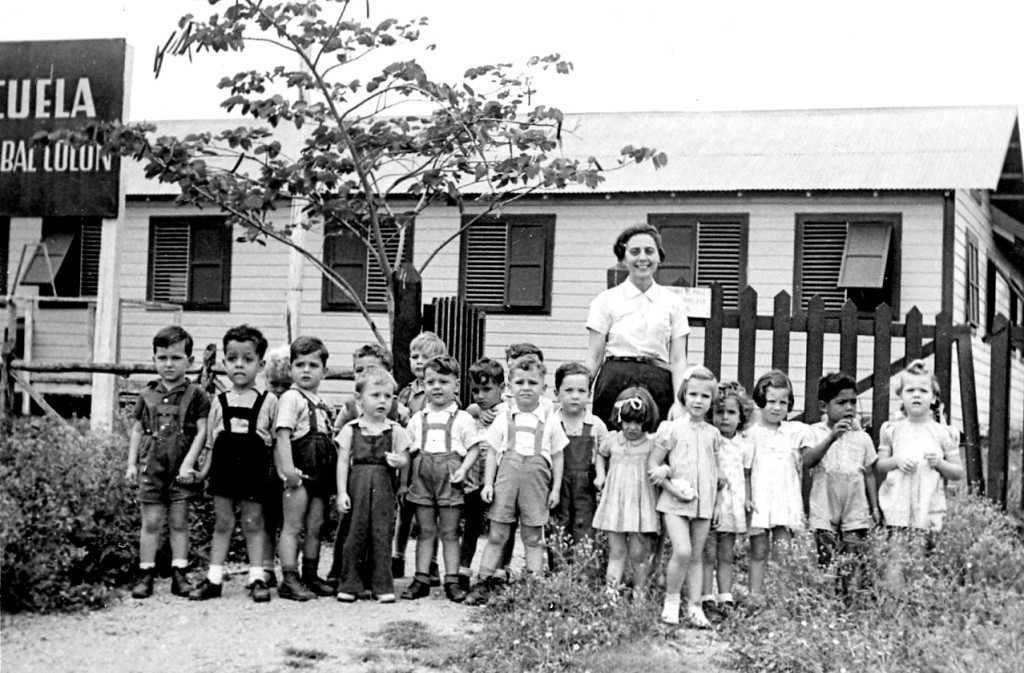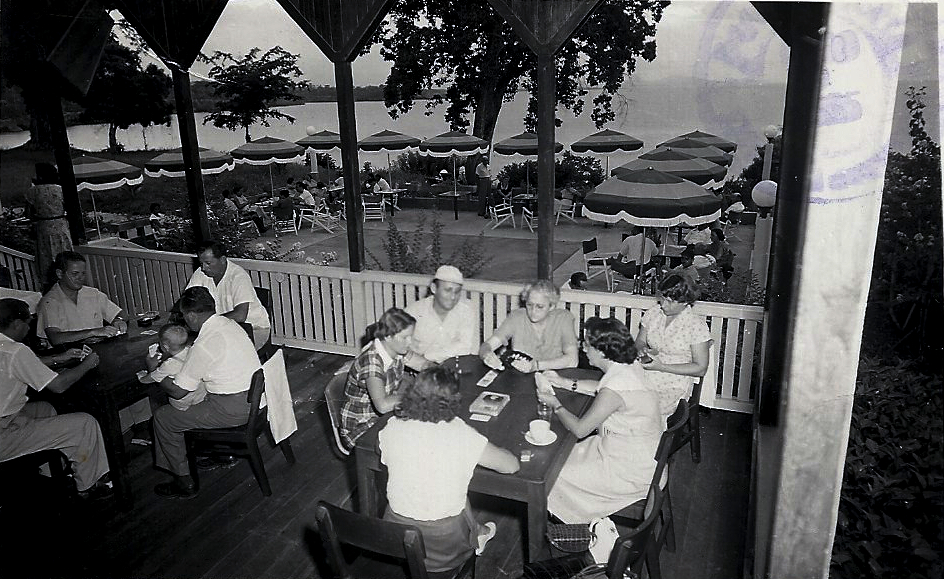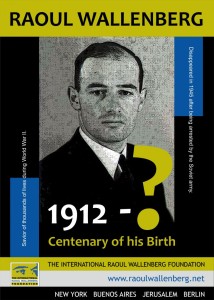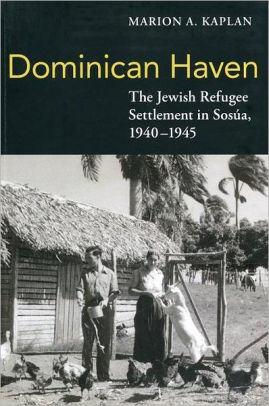THE SYNAGOGUE: The Community carefully and lovingly preserves its small Synagogue, which functions in a totally wooden frame house, and was recently renovated. Periodically, Religious Services are held in it; with the increase in tourism, this Temple is certainly destined to become an attraction for Jewish and non Jewish tourists alike and for Jewish couples who wish to be wed in the Dominican Republic . It is adjacent to the Museum, in the midst of a small garden; the two are a major Sosúa landmark, right in the middle of town. The Museum is open on weekdays and its patrons are welcome to also visit the Synagogue.
In the book Tropical Zion, Allen Wells narrates the circumstances involved that later gave birth to the founding of Sosua, the life of the original settlers and how the Jewish refugees found paradise in the Caribbean island of the Dominican Republic when there was no other place to go and the United States and Europe were limiting the visas to the refugees.
Another book that provides insightful information on the beginnings and life of the Jewish people in Sosua is Marion Kaplan`s Dominican Haven ( Publisher: Museum of Jewish Heritage-A Living Memorial to the Holocaust Date published: 02/2008 ) The book begins to answer many questions about this most peculiar case of refugee migration that changed the lives of those fleeing the horrors of Nazism and of those in the Dominican Republic who welcomed them.
The Museum of Jewish Heritage published a Sosua teacher`s guide to prepare middle and high school students for a visit to the Museum of Jewish Heritage — A Living Memorial to the Holocaust, and the special exhibition Sosúa: A Refuge for Jews in the Dominican Republic. This guide shows how the Jews in Sosua created their society around the land and dairy products, becoming a successful economy.




















 Wallenberg is the Swedish diplomat missing since January 1945 after saving the lives of thousands of Jews and other persecuted during World War II. While serving as Sweden’s special envoy in Budapest between July and December 1944, Wallenberg issued protective passports and sheltered Jews in buildings designated as Swedish territory.
Wallenberg is the Swedish diplomat missing since January 1945 after saving the lives of thousands of Jews and other persecuted during World War II. While serving as Sweden’s special envoy in Budapest between July and December 1944, Wallenberg issued protective passports and sheltered Jews in buildings designated as Swedish territory.



